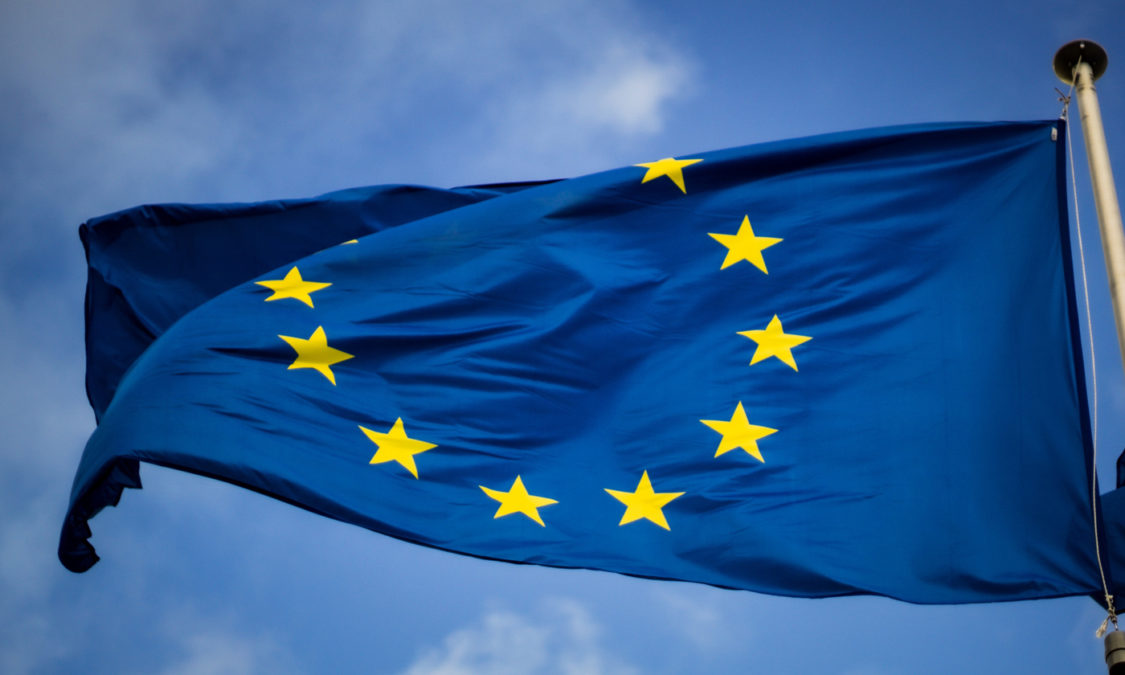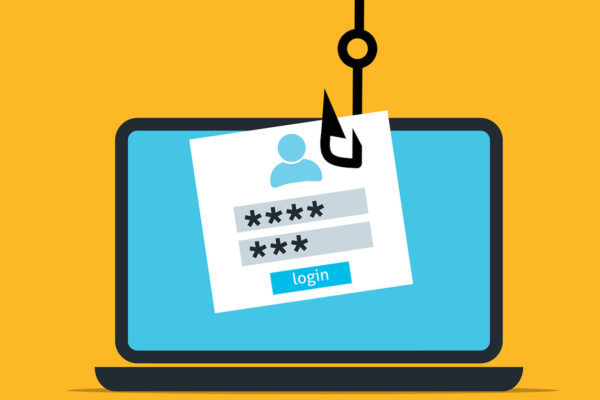
The digital transformation is unavoidable. And so is the sharing of your personal information online.
The internet has in many ways, changed our everyday lives. Need to pay some bills? There’s your banking app. In a rush to send over some documents? Well, there’s your email. It’s hard to imagine yourself going off the radar these days.
And everything we do online — whether it be browsing, searching, shopping, communicating, or working — leaves behind a digital breadcrumb of your activities that casts some insights into your preferences and behaviors.
But have you ever wonder what happens with your personal data once it’s released into the wild Web? This is the premise behind the European Union’s General Data Protection Regulation (GDPR). And if you’re thinking that this legislation only applies to those living in Europe, then you’re mistaken.
So whether you’re a niche blogger or someone running a tech startup, learn what GDPR is, how it affects your online business, and what steps you can take to ensure GDPR compliance.
What is GDPR?
GDPR, short for General Data Protection Regulation, is a fairly new data privacy law introduced by the European Union that went into effect on May 25, 2018.
The GDPR was introduced as a mean to impose uniform data security laws across the entire EU.
Who Is Subject to GDPR Compliance?
According to GDPR, personal data refers to any information that’s related to an individual such as a name, IP address, an email address, bank details, social media activity, ethnicity, religious beliefs, or medical history. Any data falls under this definition long as a person can be identified from the said data.
So even if you’re not residing in the EU, your website is still liable to comply to GDPR if you wish to collect any of the aforementioned data from European users.
The 6 GDPR Data Protection Principles
To be GDPR compliant, you have to process data following the 6 GDPR data protection principles:
- Lawfulness, fairness and transparency — You should process the personal data in a lawful, fair, and transparent way to the data subject.
- Purpose limitation — You should collect data only for the legitimate purposes that are explicitly specified to the data subject during the point of collection.
- Data minimization — You should only collect and process data that’s only relevant to what you need the specified purpose.
- Accuracy — You must ensure that the collected personal data are kept accurate and up to date.
- Storage limitation — You should only store personally identifying data for no longer than what is necessary for the specified purpose.
- Integrity and confidentiality — You should process the data in must be done in a safe and secure manner that ensures appropriate security, integrity, and confidentiality.
As the data controller, you are therefore required and responsible for demonstrating GDPR compliance in accordance to these 6 principles.
How Can I Become GDPR Compliant?
While this isn’t a one-size-fits-all kind of solution, you can get started on achieving GDPR compliance by following our simple GDPR checklist below.
1. Conduct An Information Audit
The first thing you should do is work out the extent to which you’re already complying with the GDPR. You can easily get started by making an inventory of all the personal data that is already being collected by your organisation.
You should find out what personal data is being collected, where it is collected from, where it is stored, who has access to it and what it’s being used for.
Be sure to document all relevant data collection points and procedures and ensure that there is consent process for each channel.
2. Appoint A Data Protection Officer (DPO)
Your organisation should also appoint an individual to oversee the management and handling procedures of any collected data in your organisation.
The chief role of a Data Protection Officer (DPO) is to oversee an organisation’s overall data protection strategies and compliance programme.
3. Educate And Train Employees
Your Data Protection Officer (DPO) is not solely responsible for ensuring GDPR Compliance within the organisation.
Employees with access to personal data are required by the GDPR to receive appropriate data protection training. Even if they don’t, it’s still beneficial that every employee recognise the importance of information security.
It’s therefore important that your employees have a good understanding of the GDPR principles and basic personal data protection policies. You can do so by having them attend advanced GDPR training courses which may be conducted internally or by external vendors.
4. Implement a Data Protection Impact Assessment (DPIA)
DPIAs are risk assessments that helps you to analyse, identify. and mitigate any potential data protection risks of a project or plan. When done properly, DPIAs helps you to comply with all of your data protection obligations.
While there isn’t a definitive DPIA template that you should follow, your organisation should develop their own template to suit their particular needs.
It’s especially important to conduct a DPIA for every new project, or periodically when introducing new processes, systems or technologies to process personal data.
5. Develop and Provide Privacy Policies
Another crucial step towards GDPR compliance is to send out and/or update privacy notices to your clients regarding any collection of their personal data.
Use clear, concise language in written communications and that the relevant information is displayed in a fully transparent and accessible manner across all of your communication channels. An example would be having your policy and or cookie policy popup to be read and accepted when a visitor enters your site.
Your privacy notices should inform site visitors why you’re collecting their data, what you intend to do with it, how long you’ll keep it, where you’ll store it, and how they can access it.
Additionally, your site visitors have the ability to read, acknowledge, and accept your privacy policies. You can do so by implementing opt-in forms that allow them to actively confirm that they understand and choose to “opt-in”.
6. Stay Updated On Security Technologies
Remember that is your responsibility to ensure basic data protection and privacy for your site visitors.
That means you should be using secure and encrypted communication channels. It’s also healthy to keep in touch with the latest IT security programs and news, like learning how to protect your site and content from copyright infringement and installing an SSL certificate on your site.
You’ll want to at least make sure your site visitors are well-protected from any malicious cyber attacks.
GDPR Compliance
Ensuring basic data protection and privacy is not just about ensuring GDPR compliance for your organisation. It is also about keeping your site visitors’ personal information safe and sound from those with malicious intents.
Hopefully this post has given you a better understanding of GDPR and how to ensure GDPR compliance and manage risk as a whole.
And if you’re struggling with achieving GDPR compliance, reach out to us today and learn more about what we have to offer. We’d love to advise you on data privacy policies and technologies.




